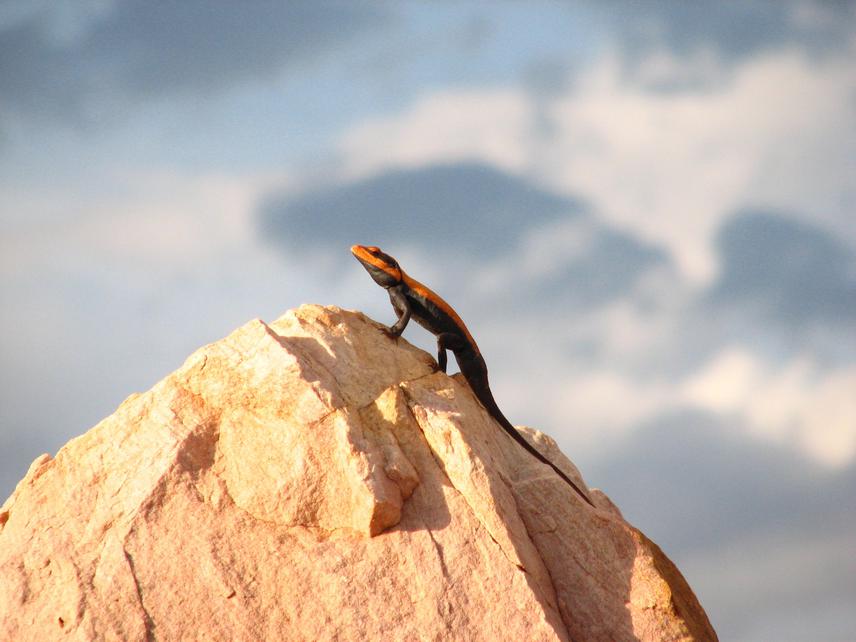Aparna Lajmi
The project aims to create a baseline inventory of lizard diversity and species distribution in the dry zone of peninsular India through systematic sampling. This information will be disseminated in the form of a field guide on lizards of the dry zone of peninsular India

Psammophilus sp.
The dry zone in India forms more than half of India and lizards are the most abundant terrestrial vertebrate taxa in this semi-arid landscape. This vast region is considered to have low endemism and richness, and is thus understudied and much neglected. However, a few recent studies undertaken on lizards in the dry zone have revealed multiple species in what was thought to be a single widespread species. The discovery of numerous new species indicates that the low diversity in the dry zone may be an artifact of inadequate sampling effort.
In this study three families of lizards, which include 45 currently known species, will be sampled across the dry zone of peninsular India. The first objective of this study is to document the diversity and distribution of these species. A grid-based sampling design would be employed wherein each grid would be of 200 x 200km. Within each grid, five localities will be sampled opportunistically across different habitat types. Tissue samples and specimens will be collected along with data on habitat and habit, GPS location, and photographs. The specimens will be used for examining the morphology and in some cases, species descriptions. The tissue samples will be used for phylogenetic studies, which would also help in verifying the species status of certain samples. Specimens will be deposited in national museums at the end of the study.
The second objective of this study is to disseminate information about lizards in the dry zone to forest department officials, NGOs and university students conducting their research in this region. This will be achieved by producing a pictorial field guide to species of the three families of lizards in the dry zone. The book would consist of identification keys to each species along with distribution data.